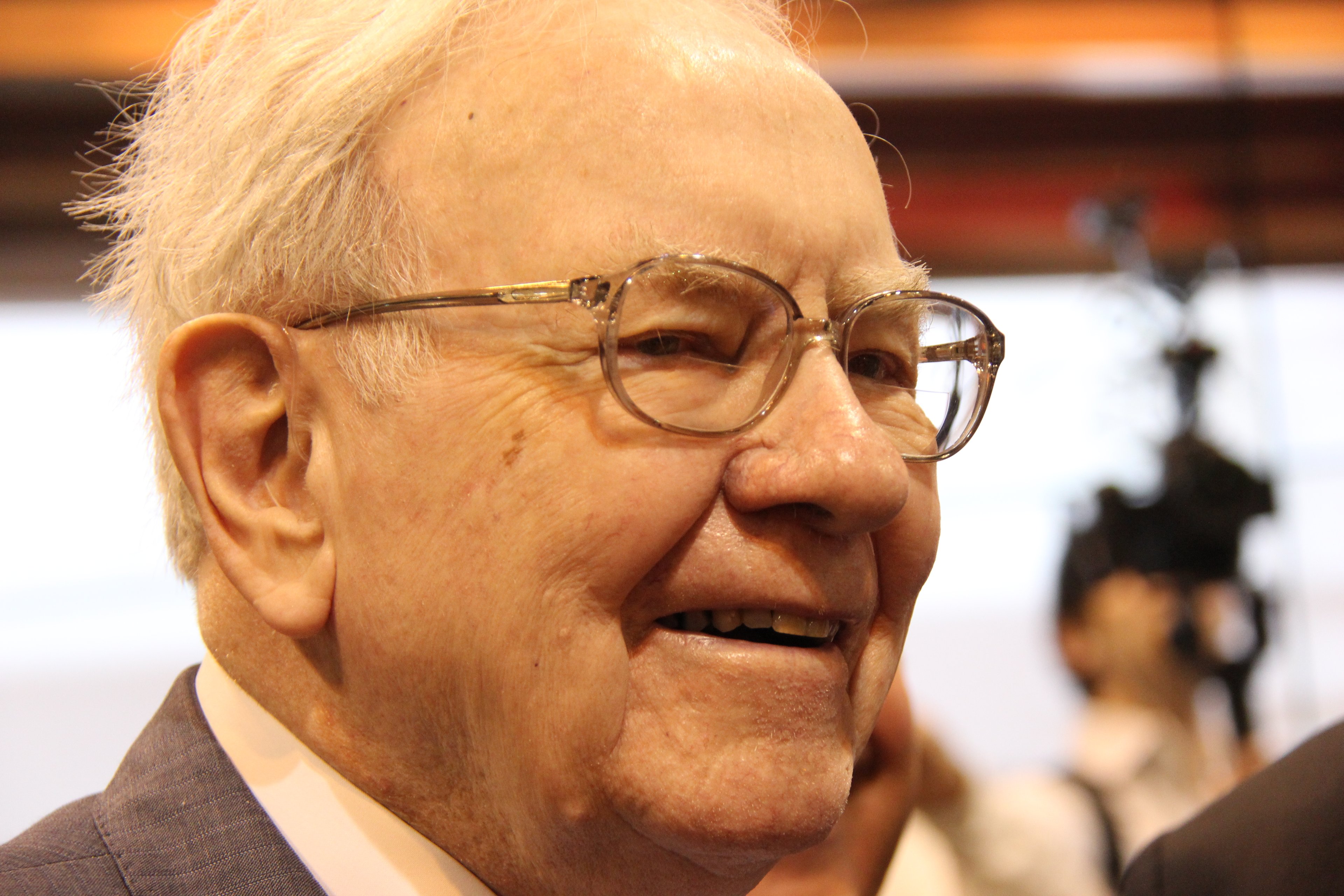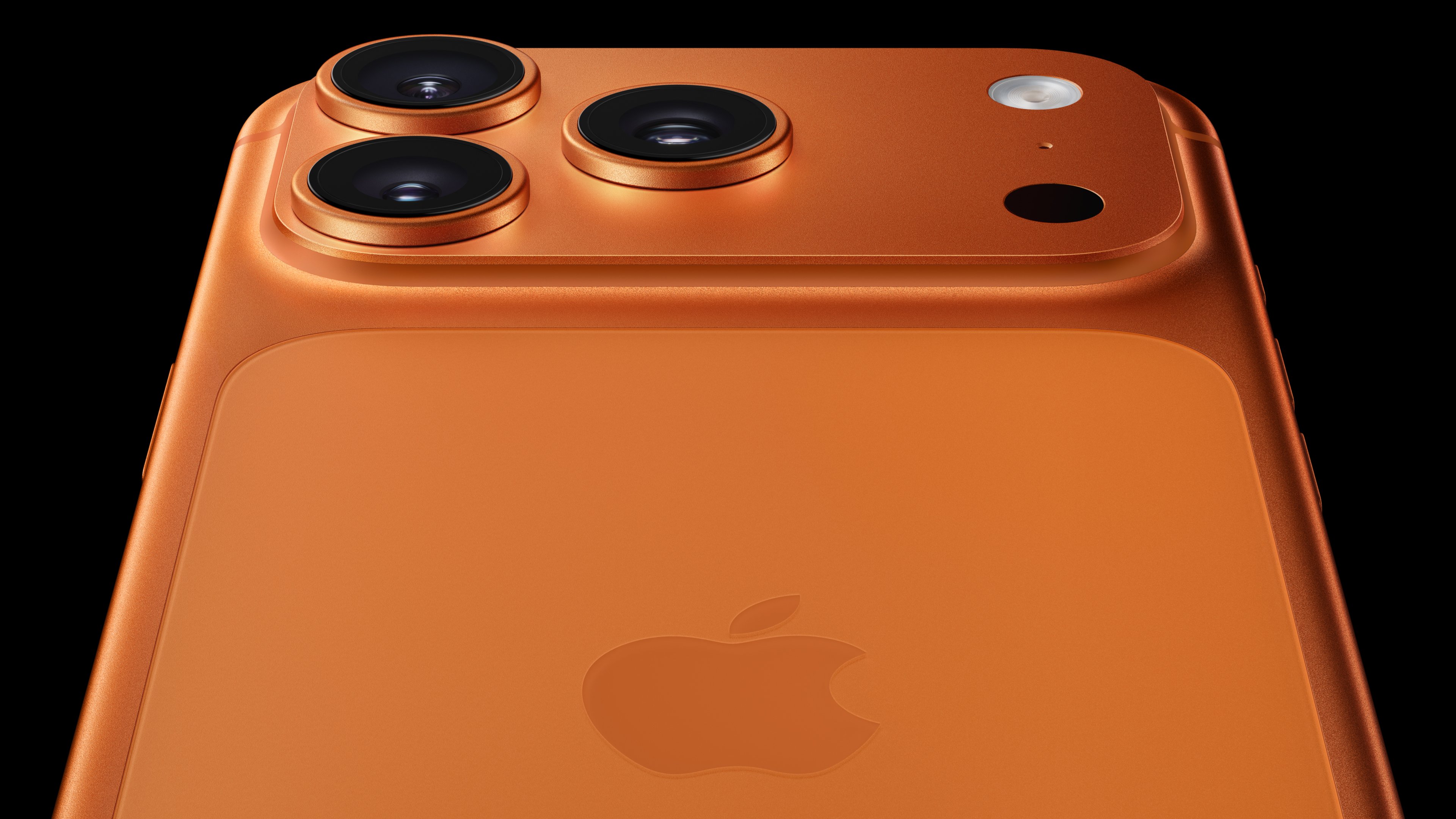Remember when a $999 iPhone seemed like a surprisingly high price tag? The launch of Apple's (AAPL +0.09%) iPhone X last year marked an unprecedented starting price for a new iPhone by a wide margin. For comparison, Apple's iPhone 7 and 7 Plus devices started at $649 and $669, respectively, when the devices were launched two years ago. The iPhone X's $999 starting price, therefore, was initially a bit mind-boggling.
Just one year later, though, Apple is already launching iPhones with higher prices. While the new iPhone XS starts at $999, Apple's iPhone XS Max has a starting price of $1,099. Even more, thanks to three storage tiers, prices for this new iPhone range all the way up to $1,449.
Even with another price hike for Apple's flagship device, customers are still lining up to buy it. In fact, there are good signs the iPhone XS Max is selling extremely well.

Image source: Apple.
Undeterred buyers
Demand for the iPhone XS Max is "better than expected," well-regarded Apple analyst Ming-Chi Kuo said in a research note (via MacRumors) after Apple's big launch weekend for its iPhone XS, iPhone XS Max, and Apple Watch Series 4. The iPhone XS Max, which sports a larger 6.5-inch display (compared to the iPhone XS's 5.8-inch display), is seeing three to four times as many sales as the iPhone XS, according to Kuo. In addition, the analyst believes the 256GB version of the device, which costs a whopping $1,249, is the most popular version.
Kuo believes XS Max shipments, which are currently supply limited, will "grow steadily" during the fourth calendar quarter of the year, or Apple's first quarter of fiscal 2019.
The popularity of the iPhone XS Max will likely help both Apple's revenue and its profitability (Apple's higher-storage versions of its phones typically boast higher profit margins than base versions).
Flexing its pricing power
Apple's ability to attract customers despite raising the prices for its flagship iPhones in recent years has helped the company reaccelerate iPhone revenue growth.
Consider Apple's most recent quarter. iPhone revenue during the period increased 20% year over year, while unit sales rose just 1%. Viewed from another angle, the success of the iPhone X helped Apple's average iPhone selling price rise from $606 in the year-ago quarter to $724 -- more than a $100 jump per iPhone sold.

Image source: Apple.
With iPhone accounting for 56% of Apple's total revenue in its fiscal third quarter, the outsized revenue growth Apple is seeing from iPhone compared to its unit sales trends is having a significant impact on the company's overall business. Fast-growing iPhone revenue helped Apple's total revenue rise 17% year over year during the period. More importantly, since iPhone is Apple's most profitable product segment, higher iPhone prices played a key role in the company's net income rising 32% year over year.
The iPhone XS Max's early popularity suggests Apple's pricing power remains healthy.






